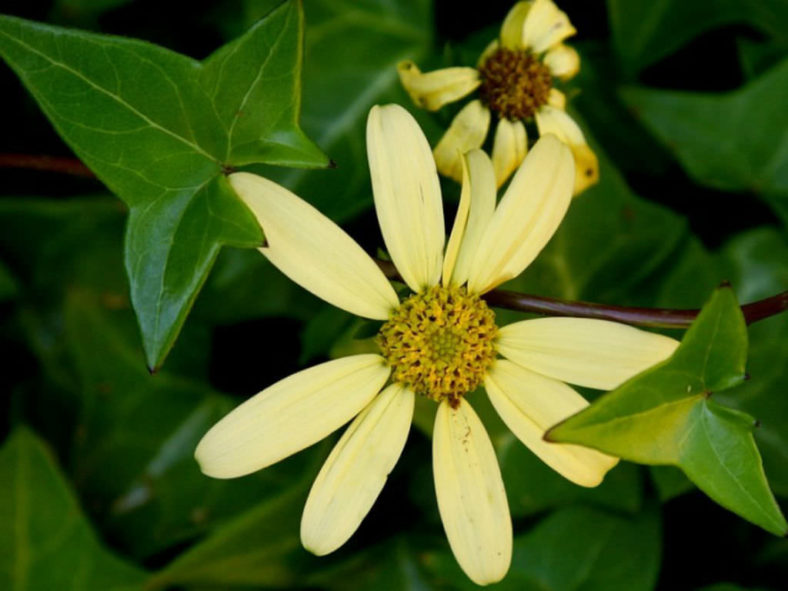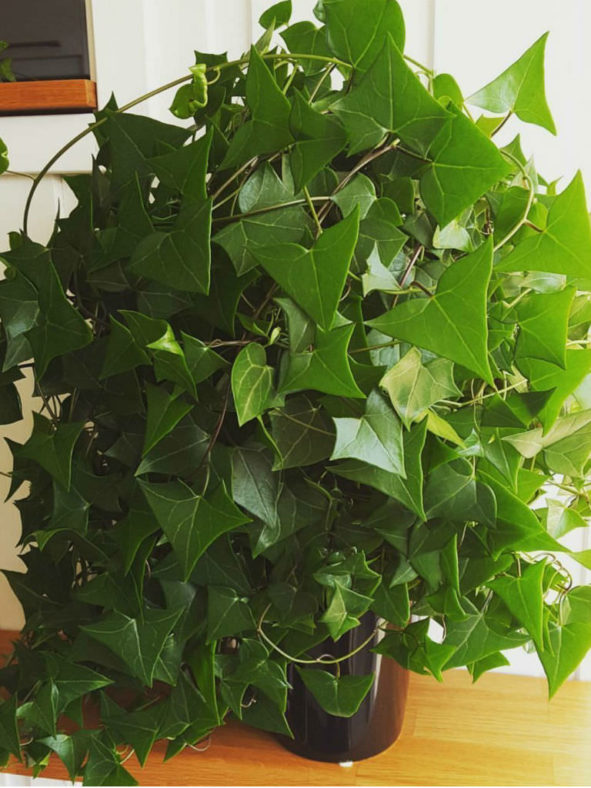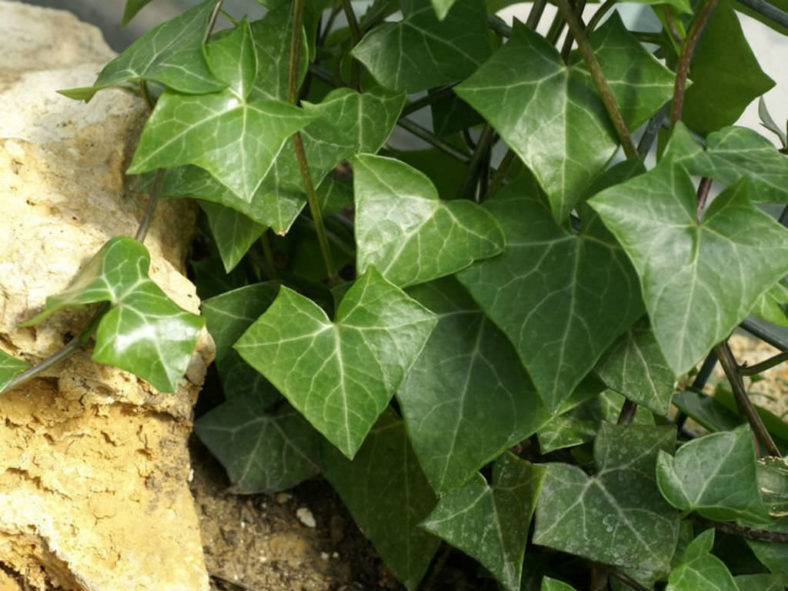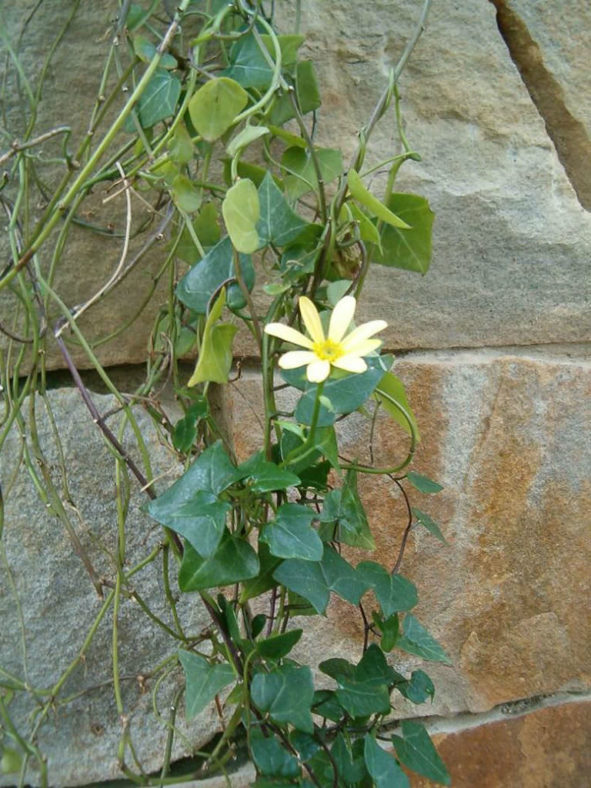Scientific Name
Senecio macroglossus DC.
Common Name(s)
Wax Ivy, Wax Vine, Natal Ivy, Flowering Ivy, Cape Ivy
Scientific Classification
Family: Asteraceae
Subfamily: Asteroideae
Tribe: Senecioneae
Subtribe: Senecioninae
Genus: Senecio
Origin
Senecio macroglossus is native to southern Africa. It occurs from Zimbabwe and Mozambique to eastern South Africa.
Description
Senecio macroglossus is an evergreen climber with smooth, thin, flexible branches that bear triangular or 5-pointed, ivy-like leaves. The branches can grow up to 10 feet (3 m) long. When creeping along the ground, they sometimes develop roots at the nodes. The leaves are glossy green, somewhat succulent, and can reach up to 3.2 inches (8 cm) in length.
The flowers are large, pale yellow, daisy-like, and appear mainly during summer.

Hardiness
USDA hardiness zones 10b to 11b: from 35 °F (+1.7 °C) to 50 °F (+10 °C).
How to Grow and Care
Established Senecios are extremely drought tolerant. They need some water during the summer but do not leave the soil wet for prolonged periods. Allow the soil to dry out between waterings in winter when they are somewhat dormant. Since they grow in sandy soil, nutrients must be replenished. Fertilize annually but lightly. Too much fertilizer will cause a lot of leggy growth.
Taller varieties can get floppy. In very early spring, you can prune them back to where the stem is firm, or you can even root the cuttings.
Plants can be divided or repotted in early spring. If you are growing them in containers, they enjoy spending the summer outdoors. Wait until there is no danger of frost and move them back indoors in the fall.
Senecio can be grown from either seed or cuttings. Seeds prefer warm temperatures and constant moisture to germinate. Propagation by using cuttings is an easier and faster method. Cut during the growing season, from early spring to fall, and root in sandy soil in containers.
Learn more at How to Grow and Care for Senecio.
Links
- Back to genus Senecio
- Succupedia: Browse succulents by Scientific Name, Common Name, Genus, Family, USDA Hardiness Zone, Origin, or cacti by Genus
Photo Gallery
Click on a photo to see a larger version.


